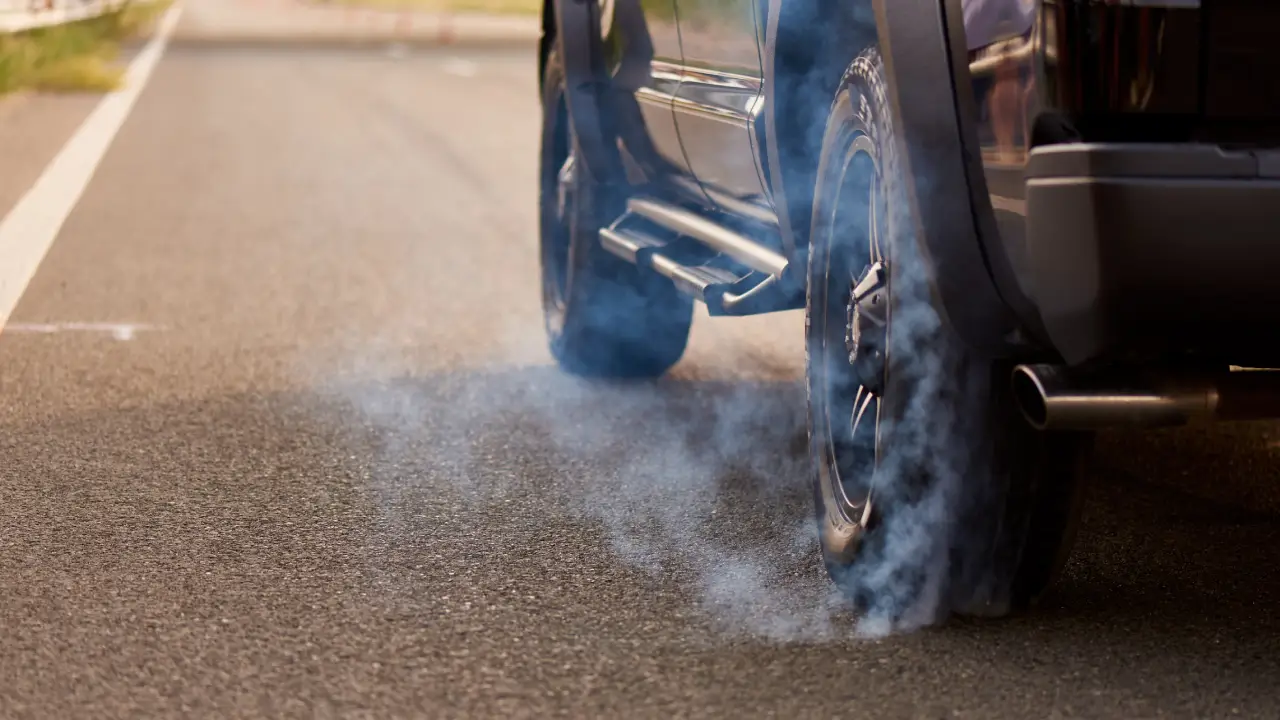The air filter serves as the engine’s primary defense against debris, ensuring clean air flows smoothly into the intake. However, over time, dirt and particles can clog the filter, restricting airflow. When this happens, your vehicle struggles to accelerate effectively. Additional warning signs include hard starts, unusual whistling or chattering noises, and uneven idling.
The Mass Air Flow Sensor: Precision Gone Wrong
The mass air flow sensor plays a critical role in maintaining the ideal air-to-fuel ratio for your engine. If this sensor becomes dirty or malfunctions, it can miscalculate the mixture, causing hesitation during acceleration. Other indicators of a failing sensor include reduced fuel efficiency and inconsistent vehicle performance.
Fuel System Blockages: A Silent Saboteur
A smooth-running engine relies on a fuel system free of clogs. Whether the obstruction is in the fuel filter, injectors, or pump, restricted fuel flow can result in delayed acceleration and even engine stalling. If your “Check Engine” light illuminates, it’s worth inspecting the fuel system for potential issues.
Throttle Position Sensor: Miscommunication at the Pedal
The throttle position sensor monitors the size of the throttle opening, ensuring the engine adjusts efficiently to your input. When this sensor malfunctions, it can lead to delayed acceleration and rough idling. Additional symptoms might include reduced fuel efficiency, engine stalling, and vibrations while idling.
Spark Plugs and Ignition Wires: Small Parts, Big Impact
Spark plugs are responsible for igniting the fuel in your engine, and their failure can lead to stuttering or hesitant acceleration. Damaged or aged ignition wires may further weaken the spark, compounding the issue. Look out for engine misfires, poor gas mileage, and difficulty starting the vehicle.
Timing Belt Disruptions: A Critical Sync Issue
The timing belt keeps the engine’s pistons operating in perfect harmony. A worn or damaged belt can slip, throwing the engine’s timing off and causing inconsistent performance. Warning signs of a failing timing belt include rattling noises and an engine that cranks but won’t start.
Oxygen Sensor Failures: Misleading Measurements
An oxygen sensor measures the oxygen levels in the exhaust system and adjusts the fuel mixture accordingly. A defective sensor may provide inaccurate readings, causing delayed acceleration as the engine compensates incorrectly. Other symptoms include poor fuel economy, rough idling, and a “Check Engine” light warning.
Catalytic Converter Issues: Exhaust System Woes
The catalytic converter is essential for reducing harmful emissions. When it begins to fail, your vehicle may experience jerky or inconsistent acceleration. Additional signs of trouble include poor fuel efficiency, a strong sulfuric odor, and difficulty starting the engine.
Accelerator Position Sensor: The Gas Pedal’s Translator
This sensor reads how far the gas pedal is pressed and communicates it to the engine. A faulty accelerator position sensor can lead to hesitation before acceleration and may even trigger “limp mode,” where the engine restricts speed to prevent damage.
Slipping Clutch Disc: Manual Transmission Troubles
In vehicles with manual transmissions, the clutch disc ensures smooth gear transitions. A slipping clutch disc can prevent proper engagement, causing the engine’s RPMs to increase without corresponding acceleration. Addressing this issue promptly is key to avoiding further transmission damage.

DIY Solutions for Common Acceleration Problems
Clean or Replace the Air Filter
Locate the air filter in the intake box near the front corner under the hood. Use a vacuum to clear debris from both the filter and intake box. If vacuuming doesn’t restore airflow, replace the filter with one compatible with your vehicle.
Swap Out an Old Fuel Filter
Find the fuel filter along the fuel line under the vehicle or in the engine bay. After relieving the fuel pressure, disconnect the old filter and replace it with a new one. Sometimes, cleaning the filter can temporarily improve acceleration.
Install New Spark Plugs
Inspect the spark plugs connected to the engine’s cylinders. If the electrodes appear dirty or worn, replace them with new ones of the same size and type to restore ignition efficiency.
Replace the Oxygen Sensor
Typically located near the catalytic converter along the exhaust line, the oxygen sensor can be swapped out for a new one to ensure accurate readings and improved acceleration.
Opt for Higher-Quality Fuel
Lower-grade fuels often contain impurities that can hinder engine performance. Try filling up with a higher-octane fuel to see if it enhances acceleration.
If DIY fixes don’t resolve the issue, or if the “Check Engine” light persists, consult a professional mechanic. Electrical or sensor-related problems require precise handling to prevent further damage. Additionally, if your car becomes unresponsive to the gas pedal, stop driving immediately and have it towed to a repair shop to ensure safety and prevent costly engine repairs.
By addressing these common acceleration issues promptly, you can restore your vehicle’s performance and prevent further complications.

